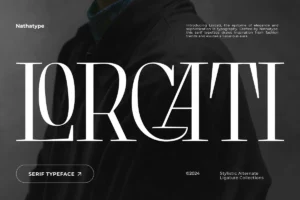Wilhelmina Font
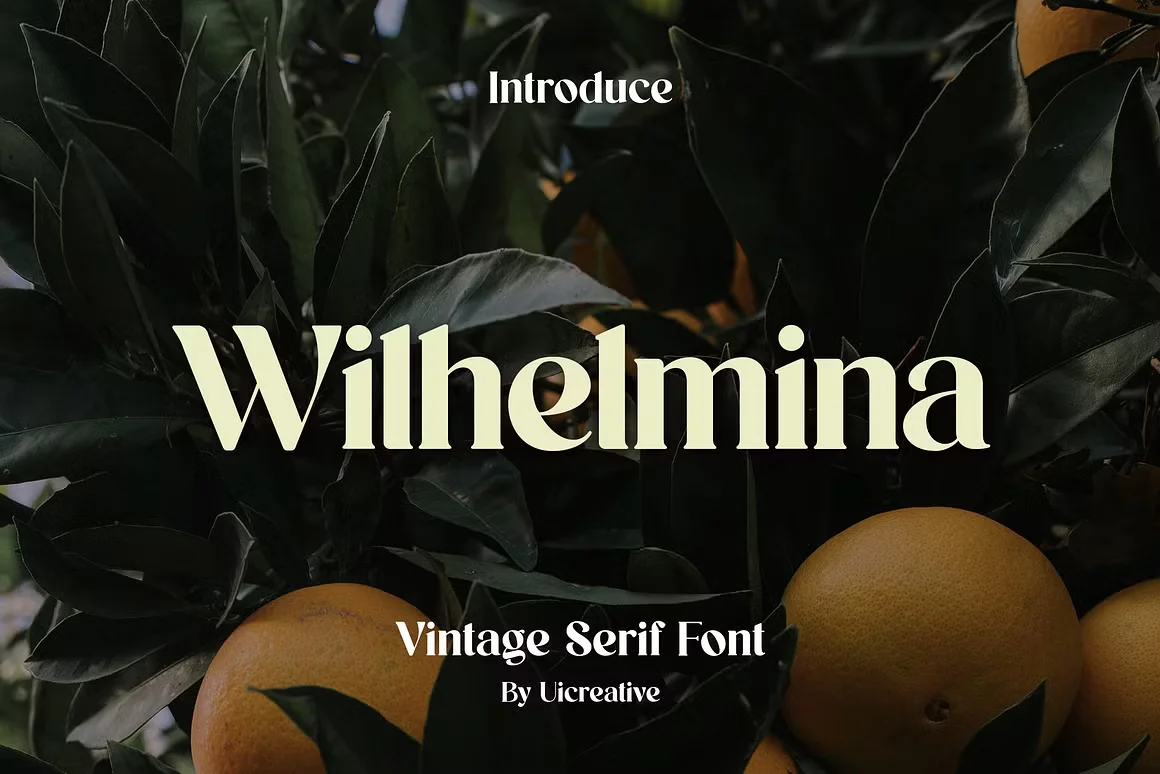
Wilhelmina Font is a contemporary typeface characterized by its elegant and versatile design. It suits various applications, from branding and editorial work to digital and print media.
It features unique letterforms with subtle curves and fine lines, providing a balance of sophistication and readability. This font often comes in various weights and styles, allowing designers to create dynamic and cohesive visual hierarchies in their projects.
You can find more free Serif fonts here.
Uppercase, Lowercase & Symbols Font

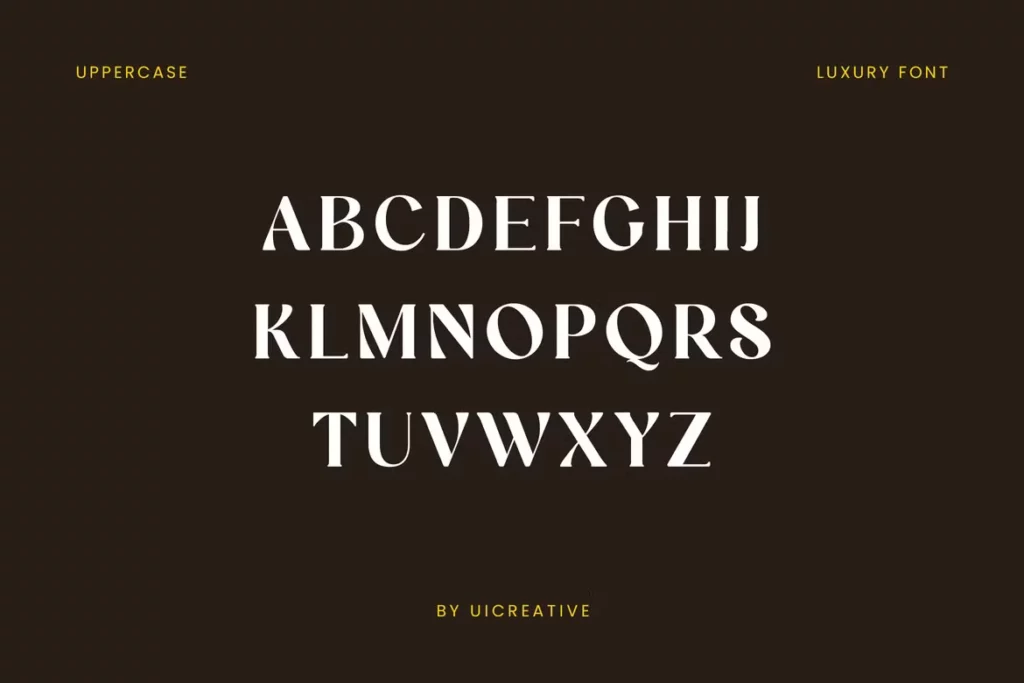
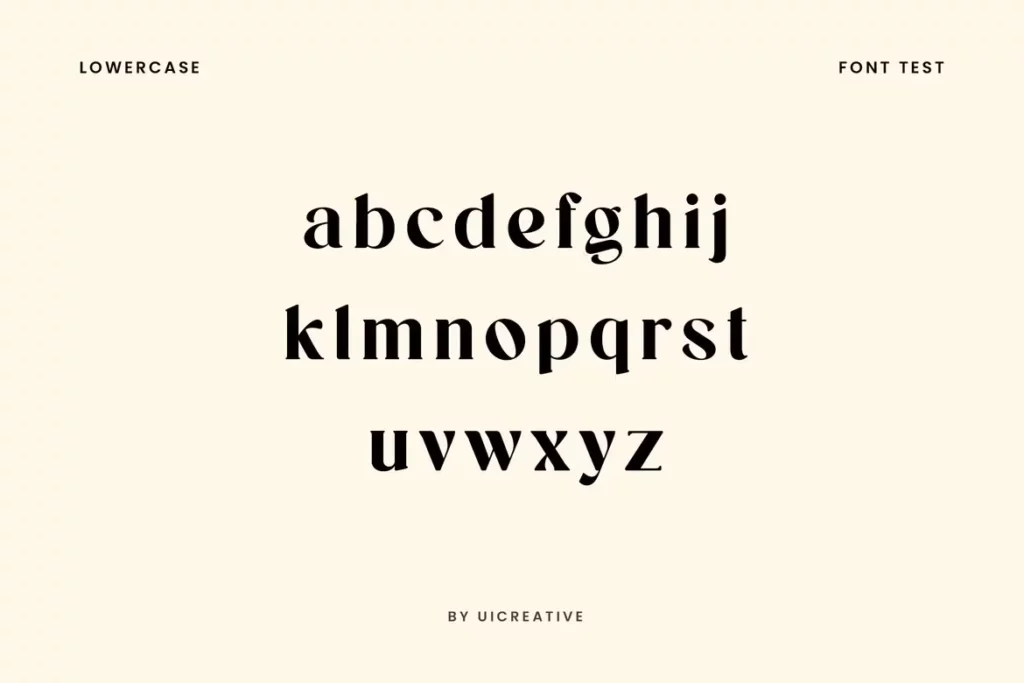
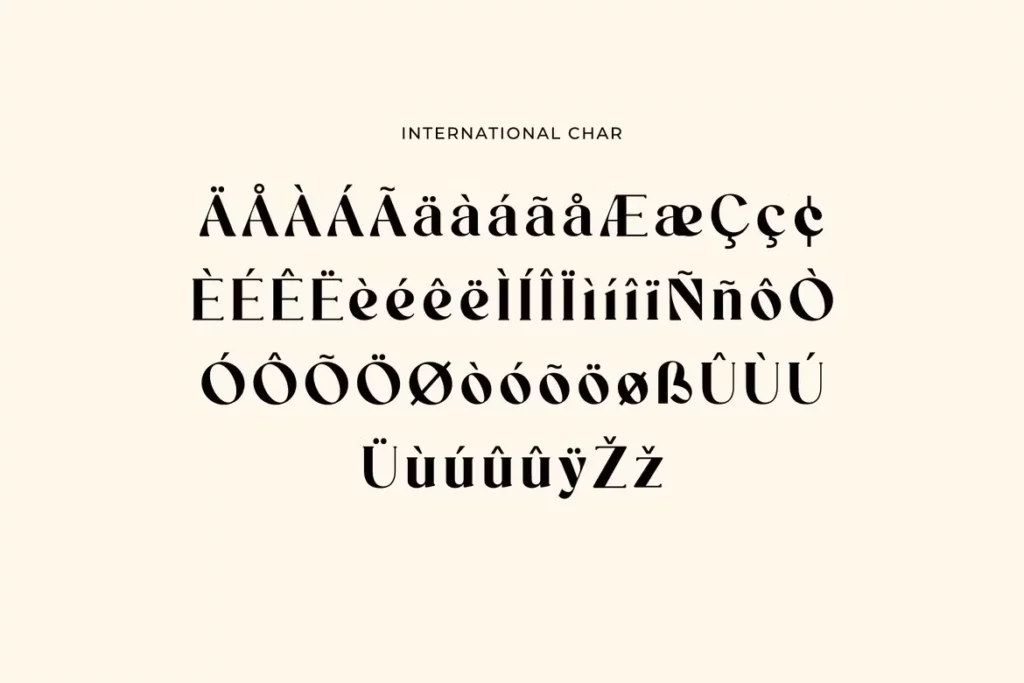
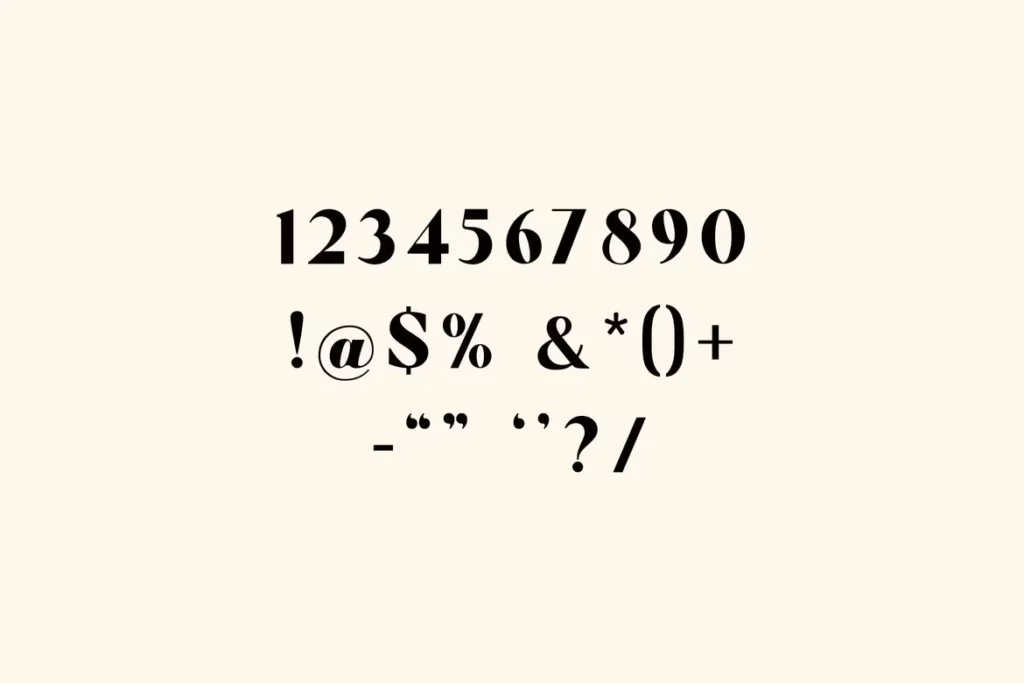
History of Wilhelmina Font
Wilhelmina’s narrative begins in the early 20th century, a period of flourishing typographic innovation. It was during the 1920s that renowned typedesigner Rudolf Koch conceptualized a new script typeface. Inspired by the traditions of Sütterlin and the geometric rigor of the Bauhaus movement, Koch crafted a font that balanced legibility with an artistic flair.
Named after the Queen of the Netherlands then, the Wilhelmina font became a part of the Klingspor Type Foundry’s rich roster of fonts. Its debut was not without acclaim, as designers marveled at its ability to carpet unity and grace in every stroke, a quality due to Koch’s keen study of medieval manuscript forms.
Characteristics of the Wilhelmina Font
Wilhelmina Font’s enduring appeal lies in its distinctive characteristics, making it a versatile choice for various design projects. Here’s a closer look at its defining features:
- Elegant Serifs: The font is characterized by its refined serifs, which add a touch of sophistication and readability to any text. These serifs are neither too pronounced nor subtle, striking a perfect balance that works in print and digital formats.
- Slightly Condensed Letterforms: Wilhelmina has a slightly condensed structure, unlike more expansive typefaces. This quality allows for efficient use of space without sacrificing legibility, making it ideal for headline and body text.
- Variable Weight: Wilhelmina offers a range of weights from light to bold. This variability provides designers with the flexibility to emphasize certain elements of their work, ensuring that the typeface can adapt to various contexts and applications.
- Fluidity and Grace: Inspired by handwritten scripts, the font exhibits a natural fluidity and grace. Each letter flows into the next with a smooth transition, invoking the elegance of traditional calligraphy.
- Modern Touch: While it refers to early 20th-century style, Wilhelmina has been updated for contemporary use. Its clean lines and modern proportions make it relevant and appealing in today’s design landscape.
- Wide Language Support: Catering to global usage, Wilhelmina includes an extensive character set that supports multiple languages. This inclusivity broadens its applicability, making it a favorite among international designers.
These characteristics collectively contribute to Wilhelmina’s reputation as a timeless, yet modern font, suitable for a vast array of design purposes.
Applications of Wilhelmina Font
With its classic charm and modern sensibilities, Wilhelmina font finds itself at home in many design spaces. Its adaptability and aesthetic appeal allow it to shine in various applications, from editorial design to digital branding. Here’s a look at some key areas where Wilhelmina makes its mark.
1. Publishing
In the publishing world, Wilhelmina is a go-to choice for book and magazine layouts. Its elegant serifs and slight condensation make for comfortable reading, whether in a novel’s dense text or a fashion magazine’s succinct captions. The font’s classic vibe also adds a touch of sophistication to literary and academic publications.
2. Branding and Advertising
Wilhelmina’s versatility and stylish appearance make it a favorite among branding specialists and advertisers. Its range of weights enables bold headlines and subtle taglines, ideal for logos, packaging, and marketing materials. Brands aiming for a timeless yet contemporary image often turn to Wilhelmina to communicate their message.
3. Web and Digital Design
Despite its roots in the early 20th century, Wilhelmina is thoroughly equipped for the digital age. Its clean lines and modern proportions ensure readability on screens of all sizes, making it a solid choice for websites, e-commerce platforms, and mobile apps. Its wide language support also caters to global audiences, enhancing the user experience for diverse markets.
4. Art and Decoration
Wilhelmina extends beyond text and finds its way into decorative arts. Its fluidity and grace make it suitable for use in artworks, posters, and greeting cards, where typography is read and experienced visually. Designers and artists employ Wilhelmina to add elegance and historical depth to their works.
5. Academic and Institutional Use
Education institutions and corporate organizations favor Wilhelmina Font for its clarity and authoritative appearance. It is commonly used in reports, presentations, and official documents requiring a formal yet appealing aesthetic. The font’s legibility and professional tone bolster the credibility of academic and business communications.


